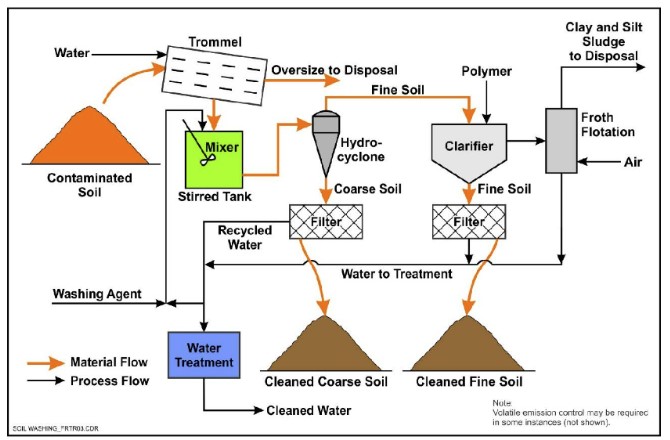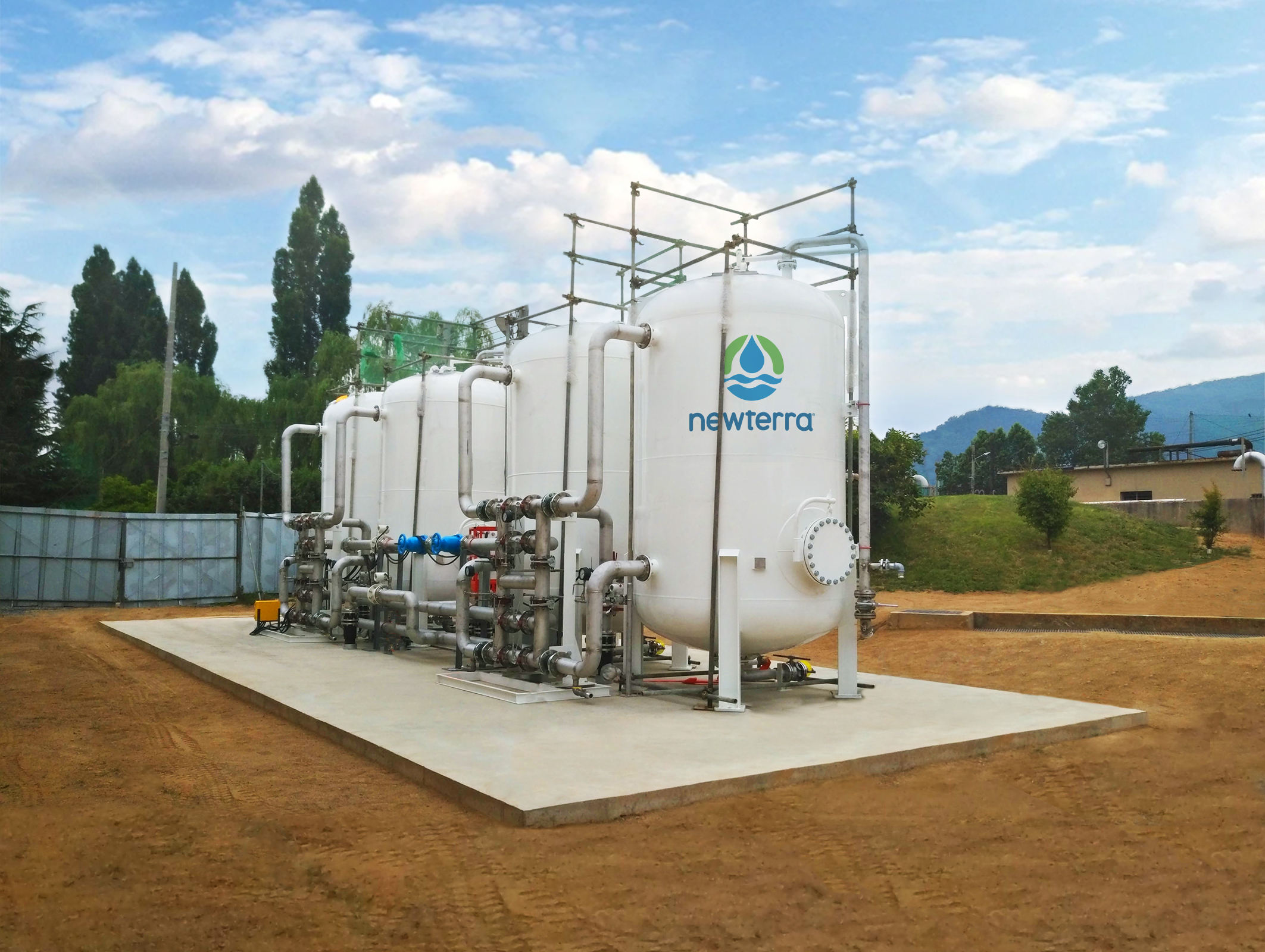Exactly How PFAS Therapy Guarantees Tidy and Sustainable Water
The presence of PFAS, generally known as "permanently chemicals," positions significant difficulties to water high quality and public wellness. The ramifications of these treatments expand beyond instant health advantages; they increase crucial questions about long-term water monitoring strategies that have to be dealt with to make certain a resistant future.

Comprehending PFAS Contamination
PFAS, or per- and polyfluoroalkyl compounds, have become a significant environmental issue as a result of their widespread prevalence and persistence in the setting. These artificial chemicals have actually been used in different industrial applications and consumer items, consisting of non-stick kitchenware, water resistant apparel, and food packaging, due to their special residential or commercial properties such as water and oil resistance.
The contamination of dirt and water resources by PFAS takes place mainly through commercial discharges, firefighting foam usage, and leaching from garbage dumps. pfas management. When released, these materials are immune to destruction, bring about their build-up in the setting. This persistence raises essential concerns, as PFAS can take a trip fars away through groundwater and surface water systems, influencing drinking water products and ecosystems

Health Threats of PFAS
The determination of PFAS in the atmosphere elevates significant health and wellness issues for people revealed to these substances. Research study has actually linked PFAS exposure to numerous adverse wellness impacts, consisting of immune system disorder, liver damages, and boosted threat of specific cancers cells.
The universality of PFAS in customer products, such as non-stick pots and pans, water-repellent textiles, and food product packaging, further magnifies the threat of exposure. Drinking water polluted with PFAS is a considerable worry, as these chemicals can seep into groundwater sources. At risk populations, including kids and those living near industrial websites, might face intense risks due to their establishing systems and prospective for greater exposure degrees.
As understanding of these health risks continues to grow, governing agencies are beginning to establish guidelines for PFAS degrees in drinking water. Public health efforts are vital to reduce direct exposure and secure communities from the lasting effects of these hazardous substances.

Ingenious Therapy Technologies
How can we properly tackle the difficulties postured by PFAS contamination in water sources? Innovative therapy innovations are emerging as essential services in the pursuit for tidy water. These techniques concentrate on the elimination or destruction of per- and polyfluoroalkyl materials (PFAS), which are well-known for their determination in the atmosphere.
One encouraging technique is adsorption utilizing advanced materials, such as turned on carbon and ion exchange resins. These products have actually revealed effectiveness in catching PFAS particles from water. One more notable innovation is membrane layer filtering, which makes use of nanofiltration and reverse osmosis to her response separate contaminants at the molecular level, thus offering an obstacle versus PFAS.
Additionally, progressed oxidation processes (AOPs) employ strong oxidants to damage down PFAS compounds into safe results. This method is specifically effective for treating very contaminated water resources. Bioremediation techniques, employing details bacteria, are also being discovered to deteriorate PFAS.
As research look at this website proceeds, crossbreed systems that integrate several technologies may use boosted performance, resolving the intricacies of PFAS contamination. The growth and implementation of these innovative therapy innovations are essential steps toward making sure the safety and sustainability of our water sources.
Advantages of Reliable PFAS Therapy
Efficiently dealing with PFAS contamination in water sources substantially boosts public health and wellness and ecological safety and security. PFAS, often described as "forever chemicals," are immune to destruction and can collect in the human body, causing severe health and wellness risks such as cancer, liver damages, and immune system disorder. By executing reliable treatment techniques, communities can lower exposure to these unsafe substances, inevitably improving the health and wellness end results of their populations.
In addition, successful PFAS therapy adds to the preservation of neighborhood environments. Infected water can negatively influence aquatic life and interrupt the fragile balance of regional environments. By ensuring tidy water, treatment procedures protect biodiversity and preserve eco-friendly stability.
Additionally, efficient PFAS remediation can foster public self-confidence in water top quality. When neighborhoods are ensured that their drinking water is without unsafe contaminants, it promotes a feeling of safety and security and wellness. This trust is necessary for neighborhood involvement and support for recurring water administration campaigns.
Future of Water Sustainability
In the middle of growing issues regarding water high quality and shortage, the future of water sustainability pivots on cutting-edge methods and collective initiatives. As areas encounter the impending hazards of contaminants like PFAS, the growth of innovative treatment modern technologies is necessary. These technologies not just concentrate on the elimination of unsafe substances however likewise advertise the reuse and recycling of water, therefore lowering total demand.
Furthermore, effective water governance plays an essential role in ensuring lasting techniques. Policymakers need to integrate scientific study with governing structures to establish clear guidelines for water use and treatment. Stakeholder engagement, including neighborhood neighborhoods and markets, fosters a feeling of shared Extra resources responsibility and urges sustainable techniques throughout various fields.
Financial investment in infrastructure is additionally important; upgrading aging systems to incorporate modern-day filtering and filtration techniques can significantly boost water high quality. Furthermore, embracing eco-friendly technologies, such as all-natural filtration systems, can give green services.
Ultimately, the future of water sustainability depends on a holistic technique that incorporates innovation, plan, and community participation. By focusing on these elements, we can secure our water sources for generations to come, making sure clean and sustainable water for all.
Final Thought
Finally, the efficient therapy of PFAS is essential for guaranteeing tidy and lasting water. By employing sophisticated innovations such as turned on carbon adsorption, membrane filtering, and progressed oxidation procedures, communities can considerably minimize the wellness threats associated with these pollutants. The assimilation of these therapy approaches sustains ecosystem protection and enhances biodiversity. Eventually, robust PFAS treatment methods add to lasting strength in water monitoring, cultivating public count on water quality and advertising lasting practices.